
Sour cherry (Prunus cerasus)
They're very undemanding in terms of soil requirements and will certainly thrive on your property. Just make sure you have plenty of space, because sour cherries need it! Even the pits of these small fruits have a lot to offer: Boiled and dried, they make an excellent filling for cherry pit pillows.
Continue reading

Plum (Prunus domestica)
The plum is probably one of the most tempting fruits. With its juicy sweetness and the multitude of possibilities for processing it, from cakes and compotes to countless and, above all, irresistible desserts, who could say no to that?
Continue reading
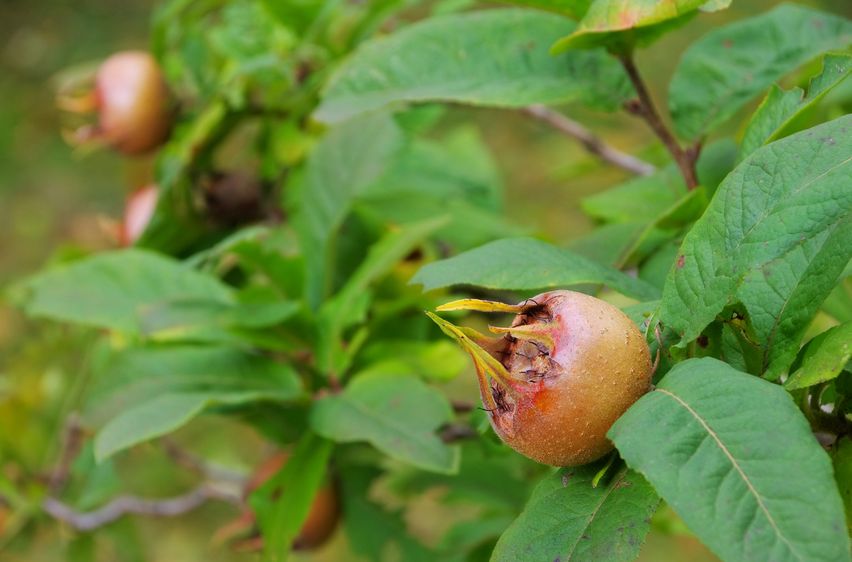
Medlar (Mespilus germanica)
The medlar is certainly not a familiar name these days. It is a deciduous tree with a curved trunk and broad crown that bears edible fruit. In the Middle Ages, this species was widespread throughout much of Europe; today, it is mostly found growing wild.
Continue reading
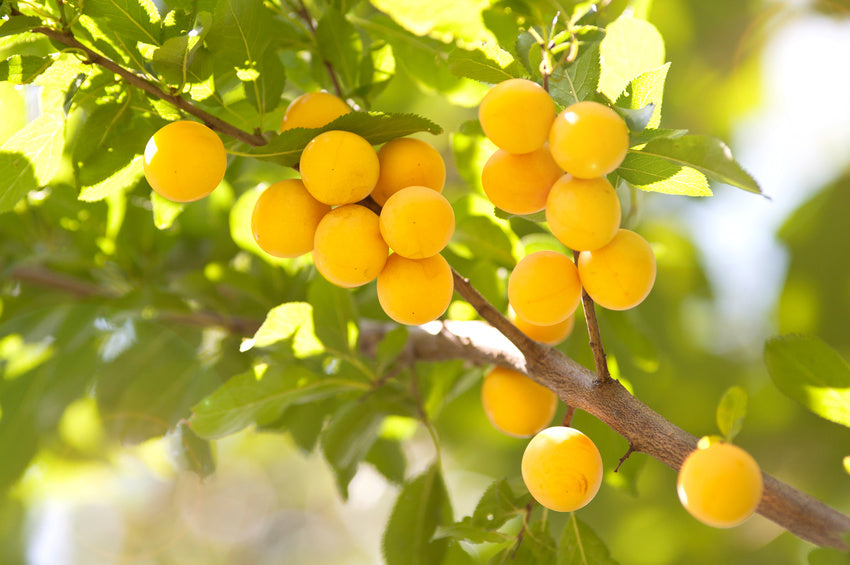
Mirabelle plum (Prunus domestica)
In addition to the original name Mirabelle, this subspecies of plum is also known as “yellow plum”.
Continue reading
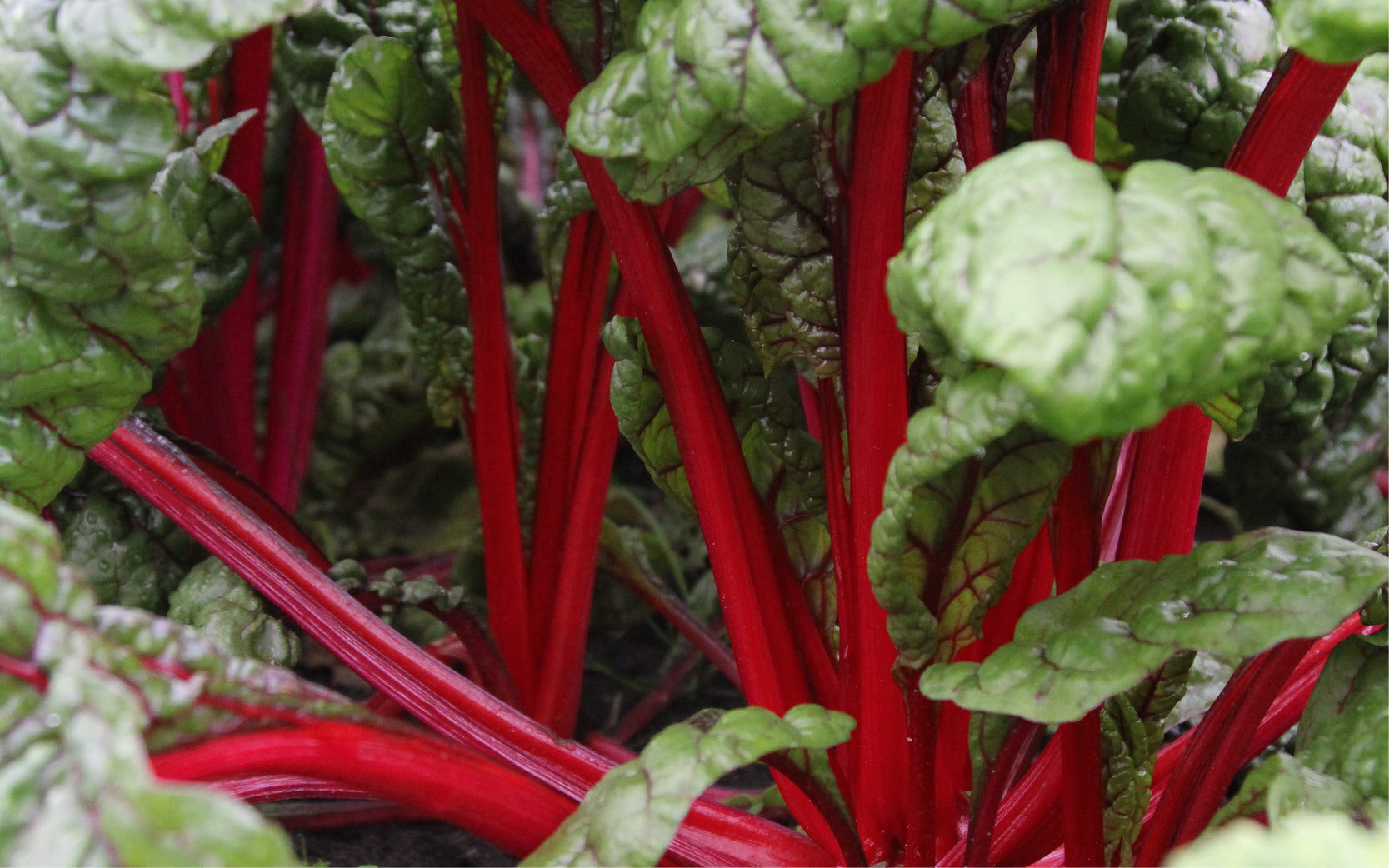
chard
Native to the Mediterranean region, chard (Beta vulgaris ssp. vulgaris) is highly decorative, but is primarily cultivated for culinary purposes. Its bright red, yellow, or orange stems make it a real eye-catcher in the vegetable garden. Thanks to its low maintenance requirements, chard is a produ...
Continue reading
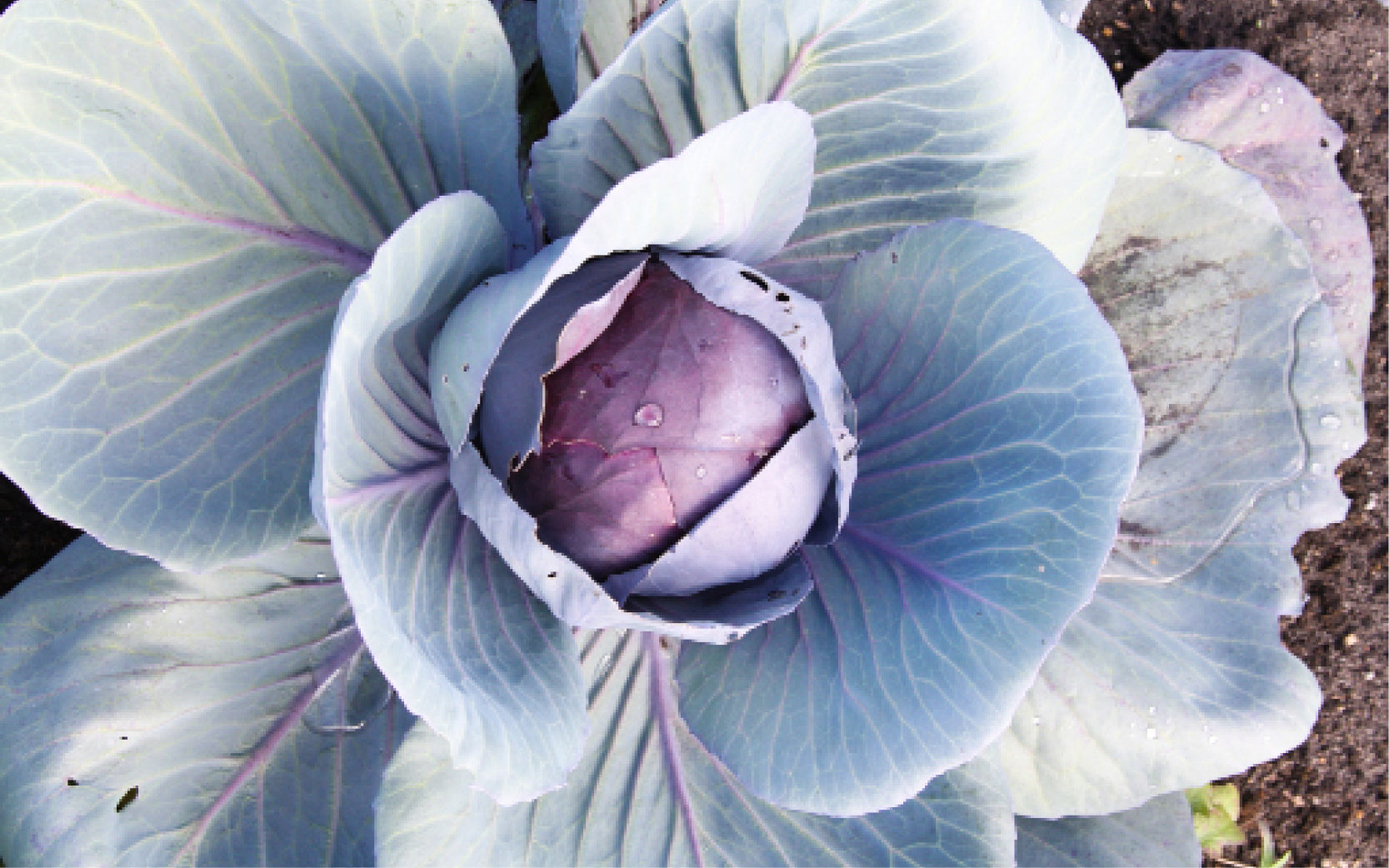
head cabbage
A wide variety of varieties and colors makes this robust vegetable an interesting addition to your garden. Whether cooked or grated, cabbage offers a wide range of preparation options for soups, stews, or regional dishes.
Continue reading
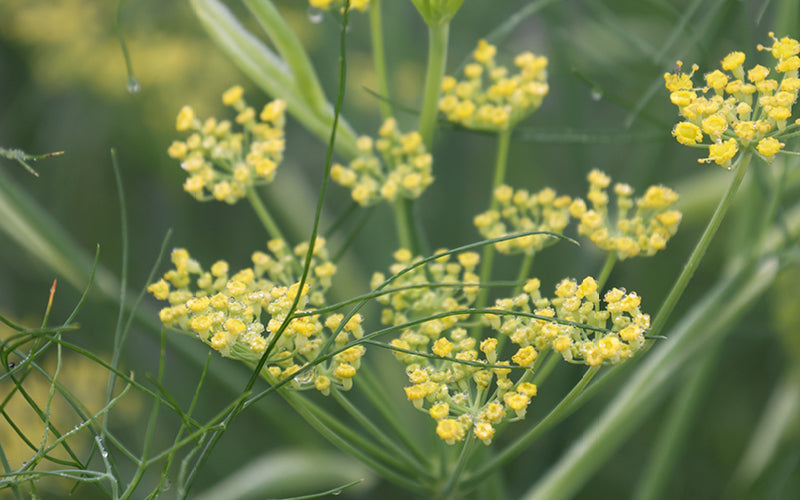
Planting, caring for & harvesting fennel (Foeniculum vulgare) – tips for cultivation and use in the garden
Fennel is trending – thanks in particular to Mediterranean cuisine, this aromatic bulbous vegetable has become increasingly popular in German gardens. The cultivated form of sweet fennel not only scores points with its mildly spicy, slightly aniseed flavor, but also with its versatile uses in the...
Continue reading

Planting, caring for and harvesting cauliflower (Brassica oleracea var. botrytis) – how to grow it successfully in the garden
Cauliflower is one of the most popular types of cabbage – delicate in flavor, easy to digest, and versatile in the kitchen. However, cauliflower (Brassica oleracea var. botrytis) is considered somewhat more challenging to grow. With proper preparation, site-appropriate varieties, and a little pat...
Continue reading

Planting, caring for and harvesting basil (Ocimum basilicum) – how to grow this popular culinary herb properly
Whether with tomato and mozzarella, in fresh summer salads, or on pizza: basil has become an essential part of German cuisine. The most popular herb in Germany delights with its spicy, peppery aroma and can be found in almost every household – whether on the windowsill, in a balcony box, or in th...
Continue reading

Planting, caring for and harvesting eggplants – how to grow them in your own garden
The eggplant ( Solanum melongena ), also known as the "eggplant," is a true star of Mediterranean cuisine—whether in moussaka, ratatouille, or grilled. But did you know that you can also successfully grow eggplants in your own garden or greenhouse? With a little patience, warmth, and care, you'll...
Continue reading
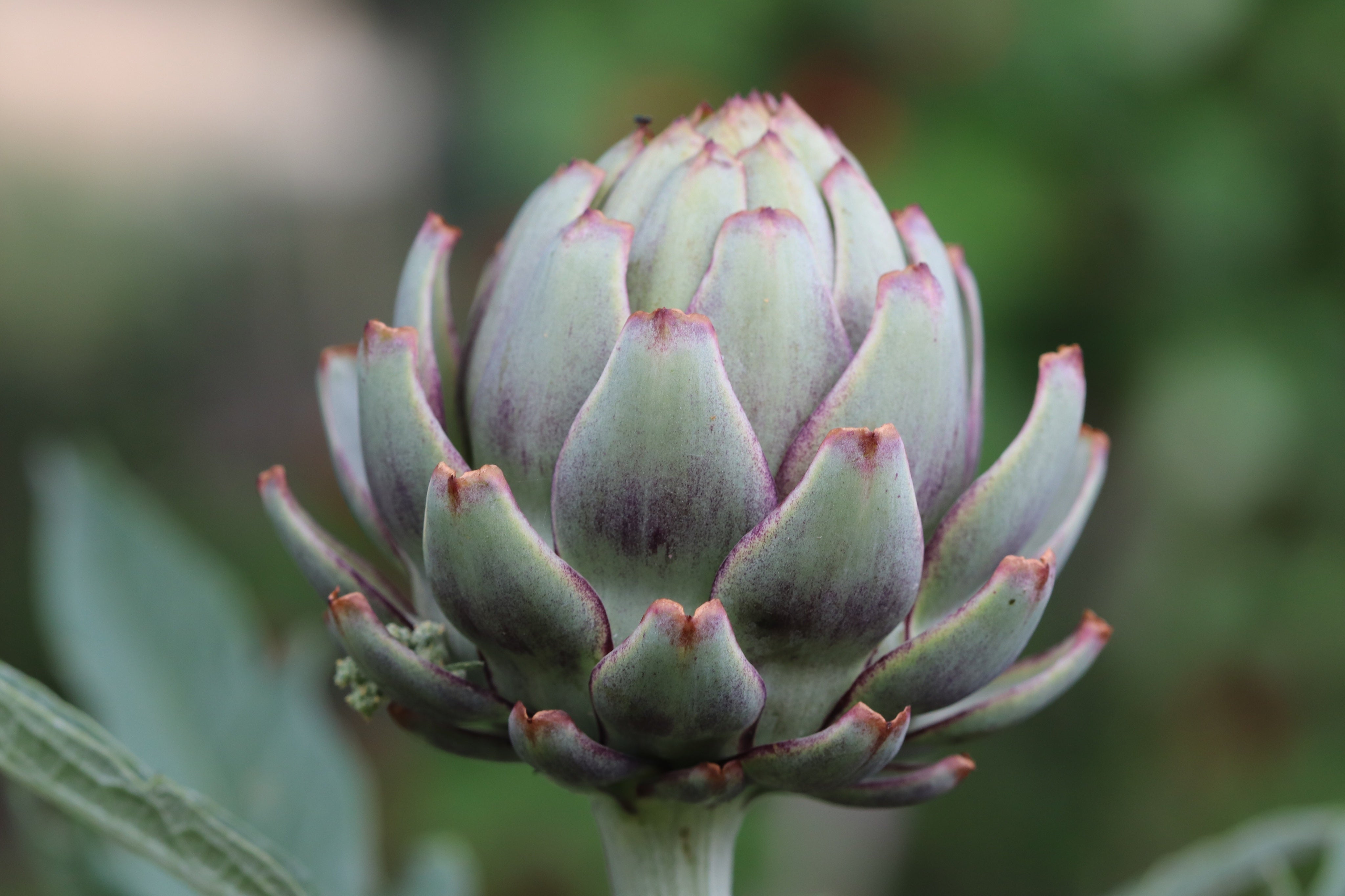
Planting & harvesting artichokes: Tips for growing, caring for, and enjoying them in your own garden
The globe artichoke ( Cynara scolymus ) is not only a culinary delicacy, but also a decorative and healthy garden plant. Its impressive, thistle-like leaves and striking flowers make it a real eye-catcher in any garden. But how do you plant artichokes correctly? What does the plant need to grow, ...
Continue reading

Apple (Malus)
Ask any person to name three types of fruit. The apple would almost certainly be one of them. After all, hardly any other fruit is as popular and used as extensively in cooking, especially in our region. Whether harvesting, making applesauce, or baking apple pie, apples provide a great deal of fu...
Continue reading
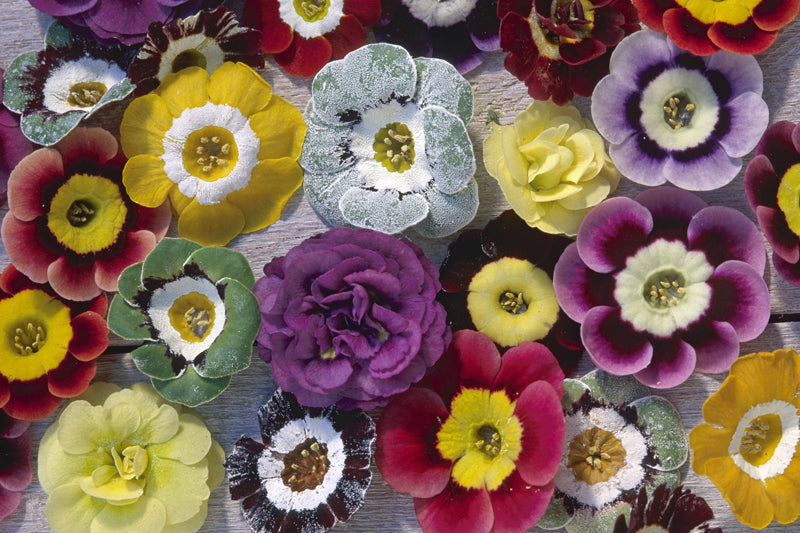
Auricula (Primula auricula)
An addictive perennial – captivating with its variety of colors and characteristic appearance, anyone can easily catch the auricula bug. The auricula belongs to the primrose family. It naturally occurs only in higher Alpine regions, and even there it is very rare and protected. This small, early-...
Continue reading
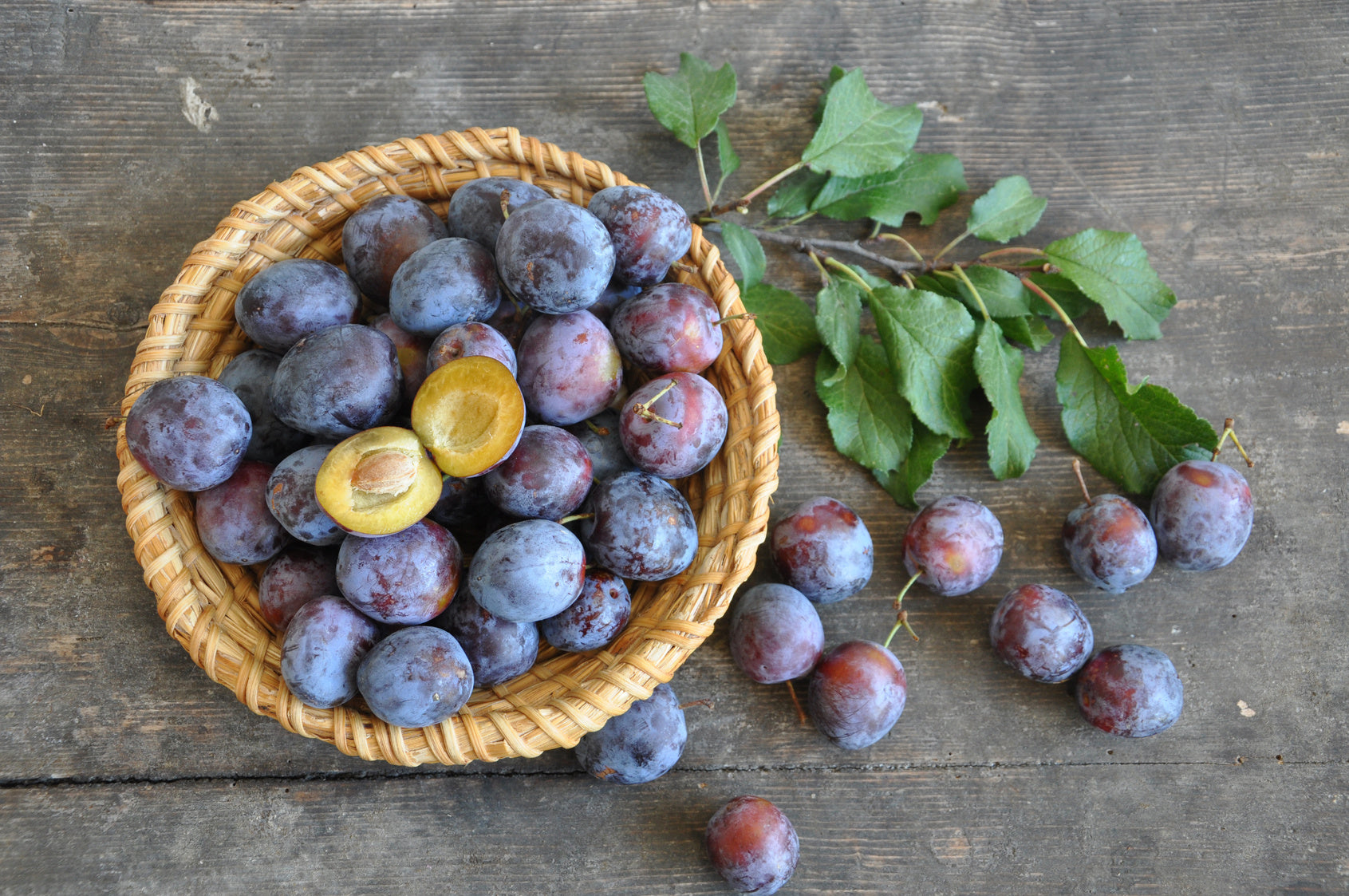
plum
Plum, damson, or even squash—this not only delicious but also extremely healthy fruit goes by many names. The plum (Prunus domestica subsp. domestica) is a subspecies of the plum that is now cultivated as a fruit tree in Europe, Western Asia, North America, and North and South Africa. Many garden...
Continue reading

Sweet cherry (Prunus avium)
They're a must-have in summer; almost everyone loves them. Besides their sweet fruits, cherries also bring with them a competition of the highest order: cherry pit spitting is fun for all ages! The sweet cherry, also known as the wild bird cherry, belongs to the rose family. The wild bird cherry ...
Continue reading
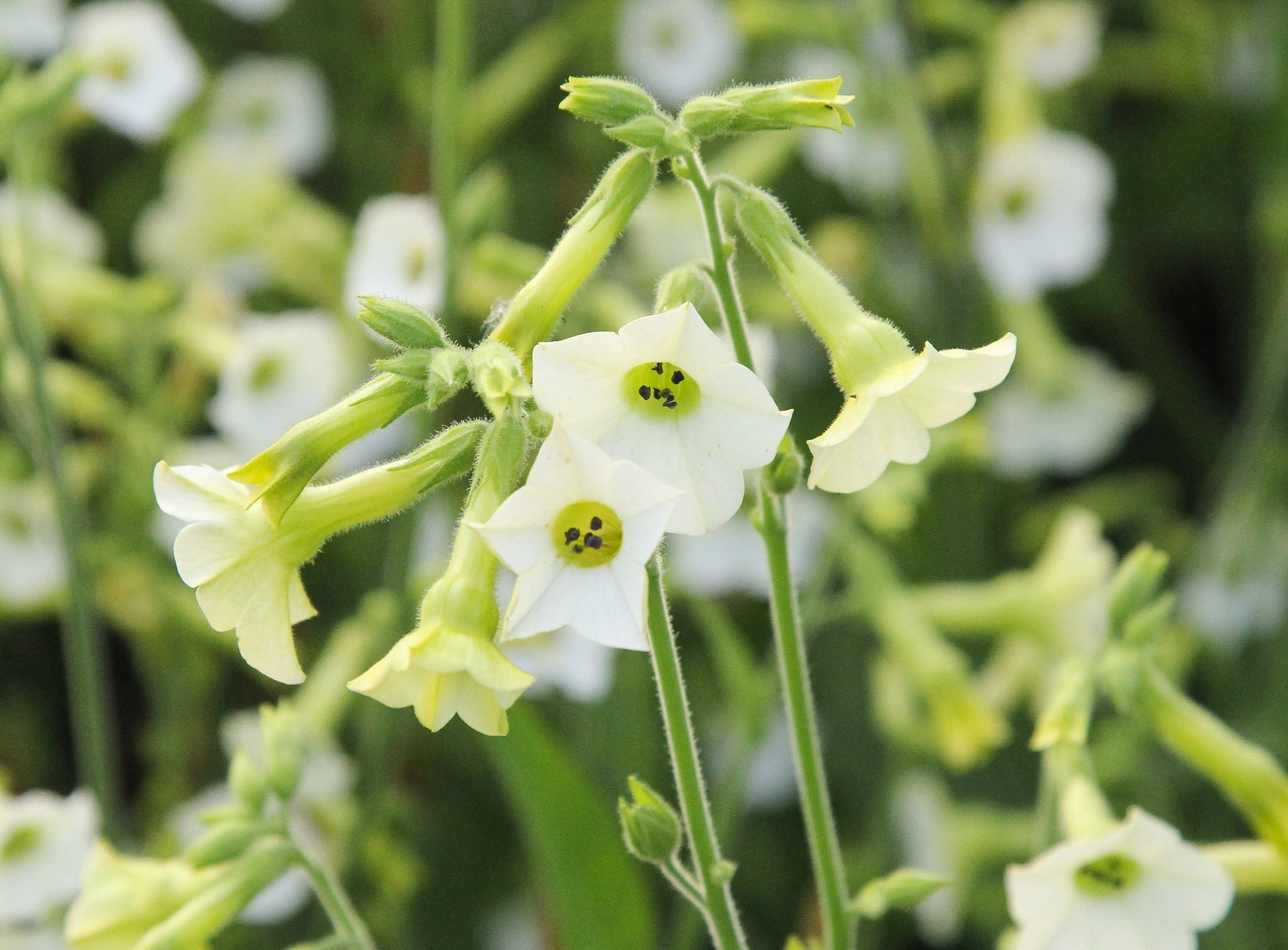
ornamental tobacco
Ornamental tobacco is popular with hobby gardeners, particularly because of its pretty tubular flowers. It belongs to the nightshade family, and many varieties emit a pleasant fragrance at night. More than sixty species of ornamental tobacco can now be found worldwide. However, it is not suitable...
Continue reading

Ornamental onions: miracle balls for the perennial bed
In late spring, the ornamental onion blooms in full bloom. Viewed individually, the spherical blossoms are impressive, and in a flowerbed, this cluster of bulbs creates stunning plant images.
Continue reading
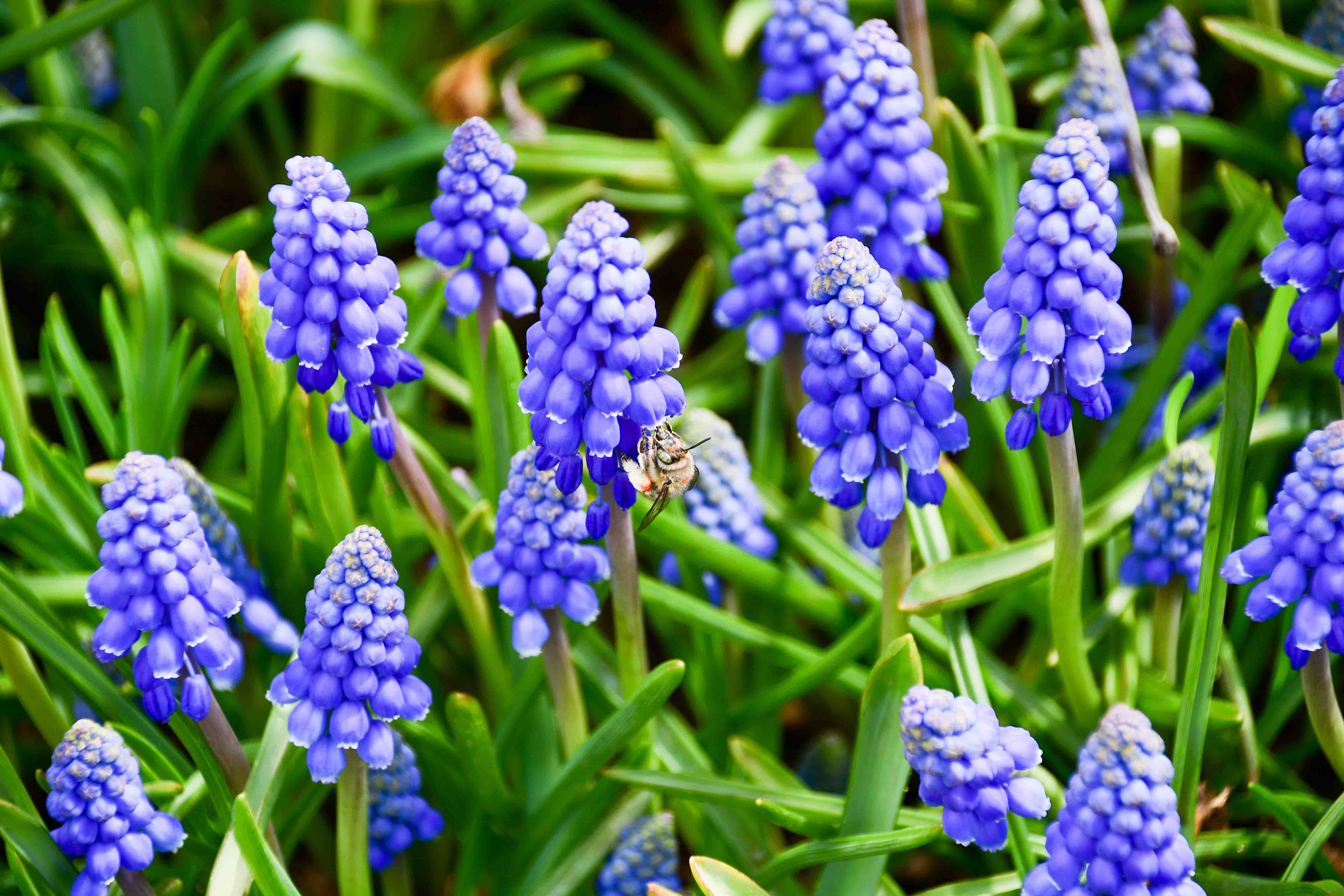
grape hyacinths
In spring, grape hyacinths (Muscari) are true floral treasures for the home and garden. These small bulbous flowers are very easy to care for and wonderfully decorative.
Continue reading
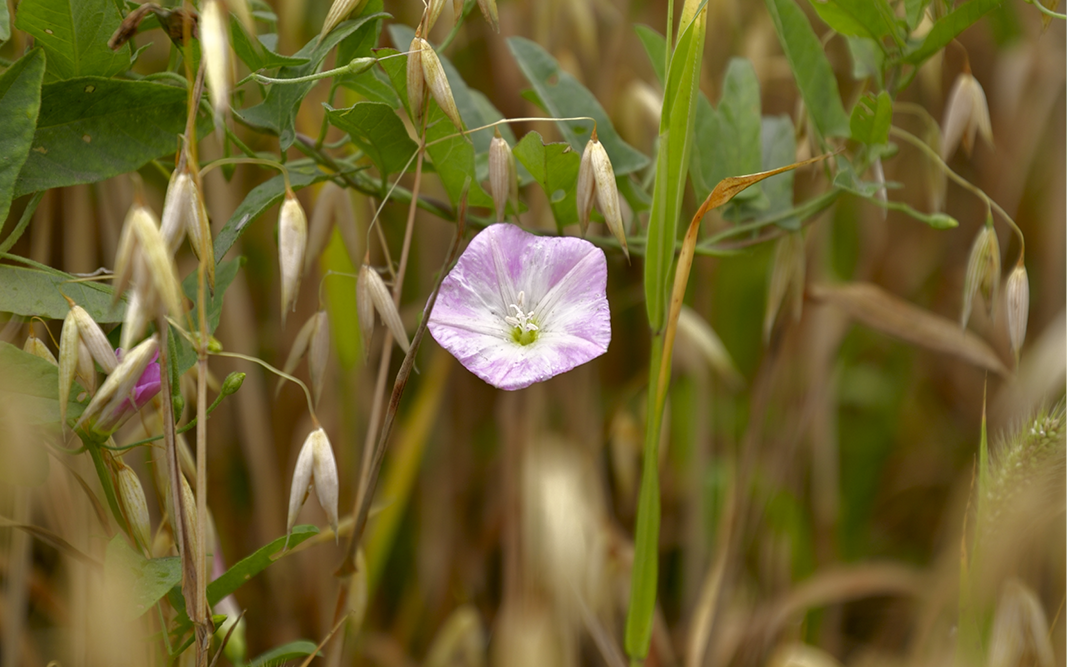
Field bindweed – a persistent companion of the fields
Field bindweed (Convolvulus arvensis), also known as meadow spirea or field spiral, is a widespread weed that is considered a nuisance in many gardens and fields. It belongs to the morning glory family and is best known for its long, twining tendrils and pretty, funnel-shaped flowers. But this pl...
Continue reading
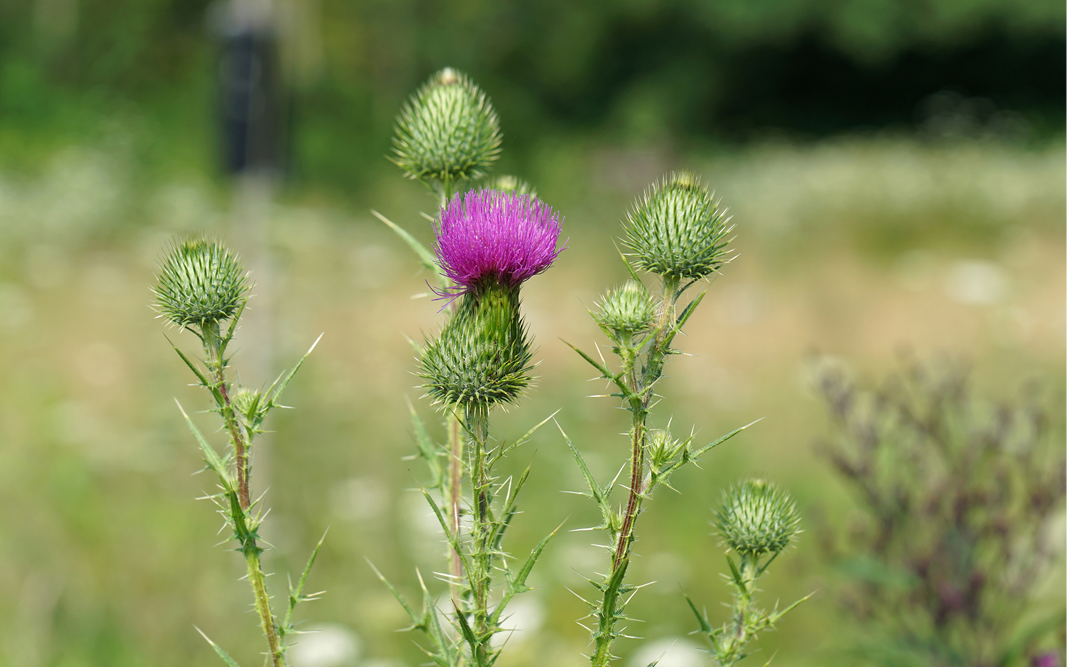
The thistle – a weed with potential
The thistle is a wild herb that is often considered a nuisance in many gardens and landscapes, but upon closer inspection, it reveals many fascinating qualities. Its prickly leaves and vibrant flowers make it a striking sight. But thistles aren't just known as "weeds"; they also play an important...
Continue reading
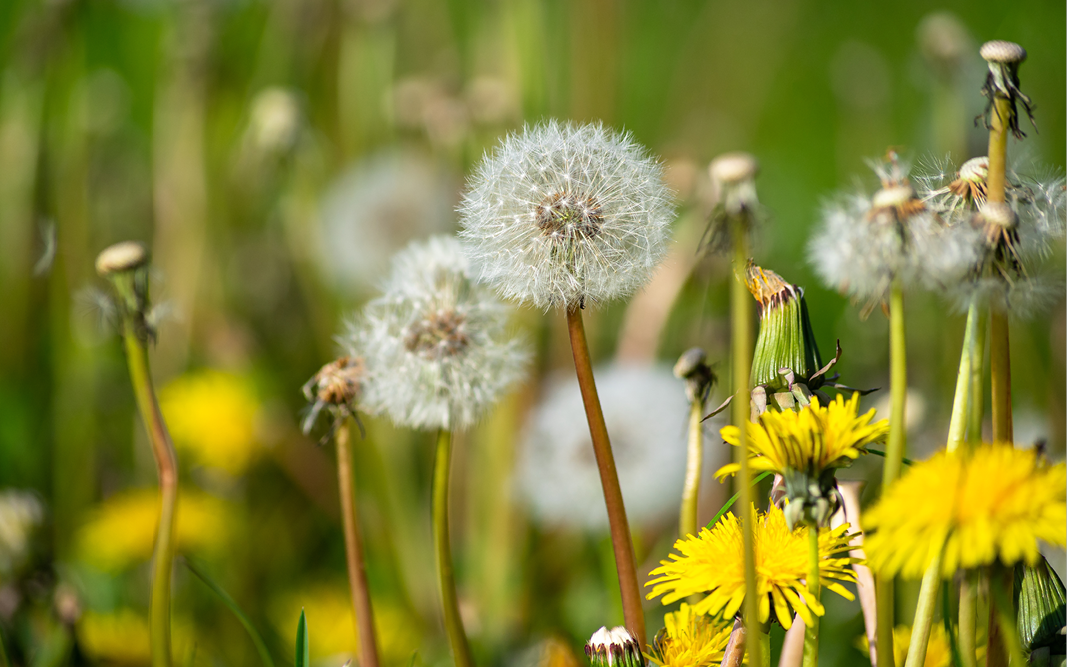
Dandelion – The versatile wild herb
The dandelion ( Taraxacum officinale ) is a true all-rounder among wild plants. Known for its bright yellow flowers that appear in every corner of the garden, in meadows, and along paths, the dandelion has much more to offer than one might think at first glance. This plant is not only an importa...
Continue reading

Shepherd's purse – the little heart by the wayside
Delicate, inconspicuous, yet remarkably resilient: Shepherd's purse ( Capsella bursa-pastoris ) is a true everyday wonder among wild herbs. You often encounter it without really noticing it – on roadsides, between paving stones, or in nutrient-rich beds. Yet it has a very unique, poetic character...
Continue reading
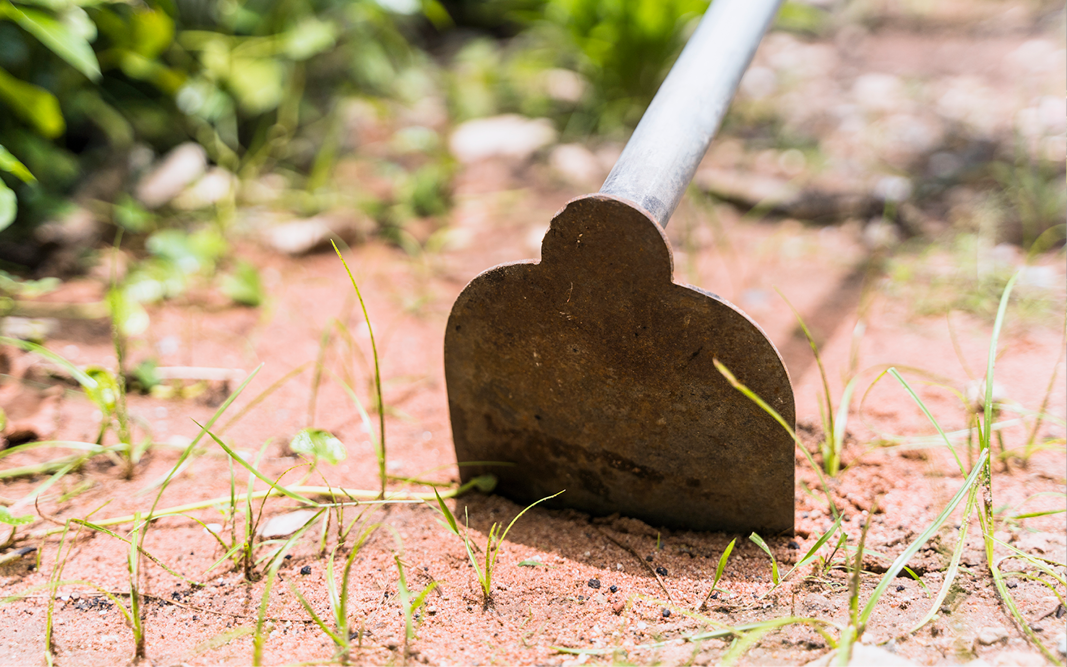
Couch grass – stubborn weed or part of the ecological balance?
Couch grass is one of the most troublesome weeds in the garden—but why is it so persistent? Learn how to identify this root-weed plant, remove it sustainably, and what role it plays in nature.
Continue reading
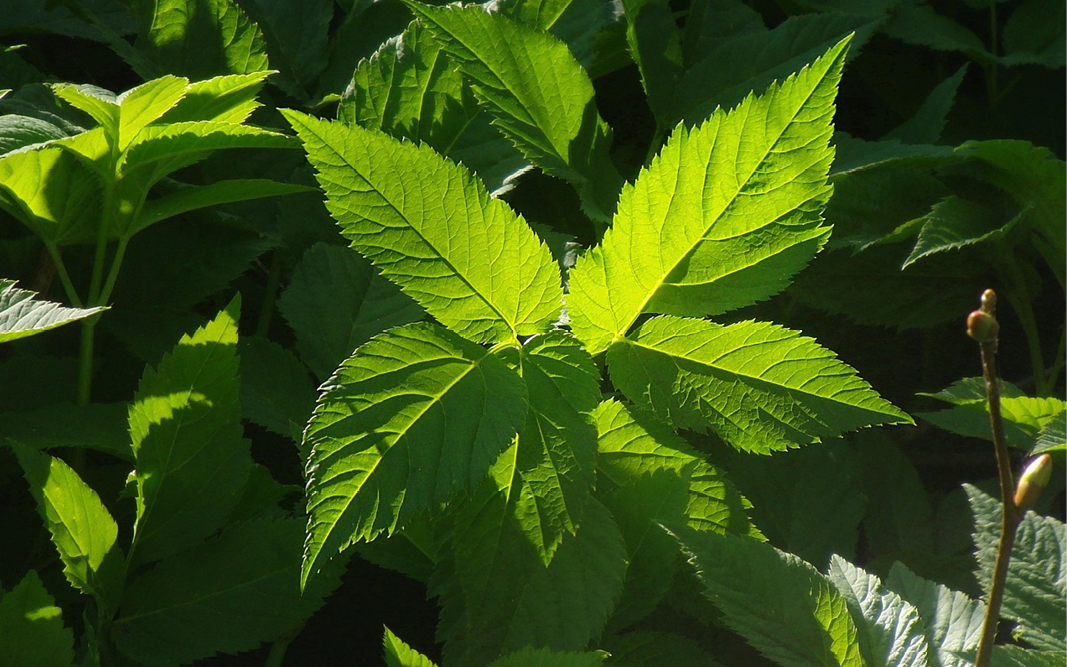
Ground elder – weed or green gold? How to use this wild growth in your garden
Ground elder is considered a stubborn weed, but it's packed with power. Learn how to identify and use ground elder, and how to use it effectively in the kitchen. Harvesting tips and recipes included!
Continue reading
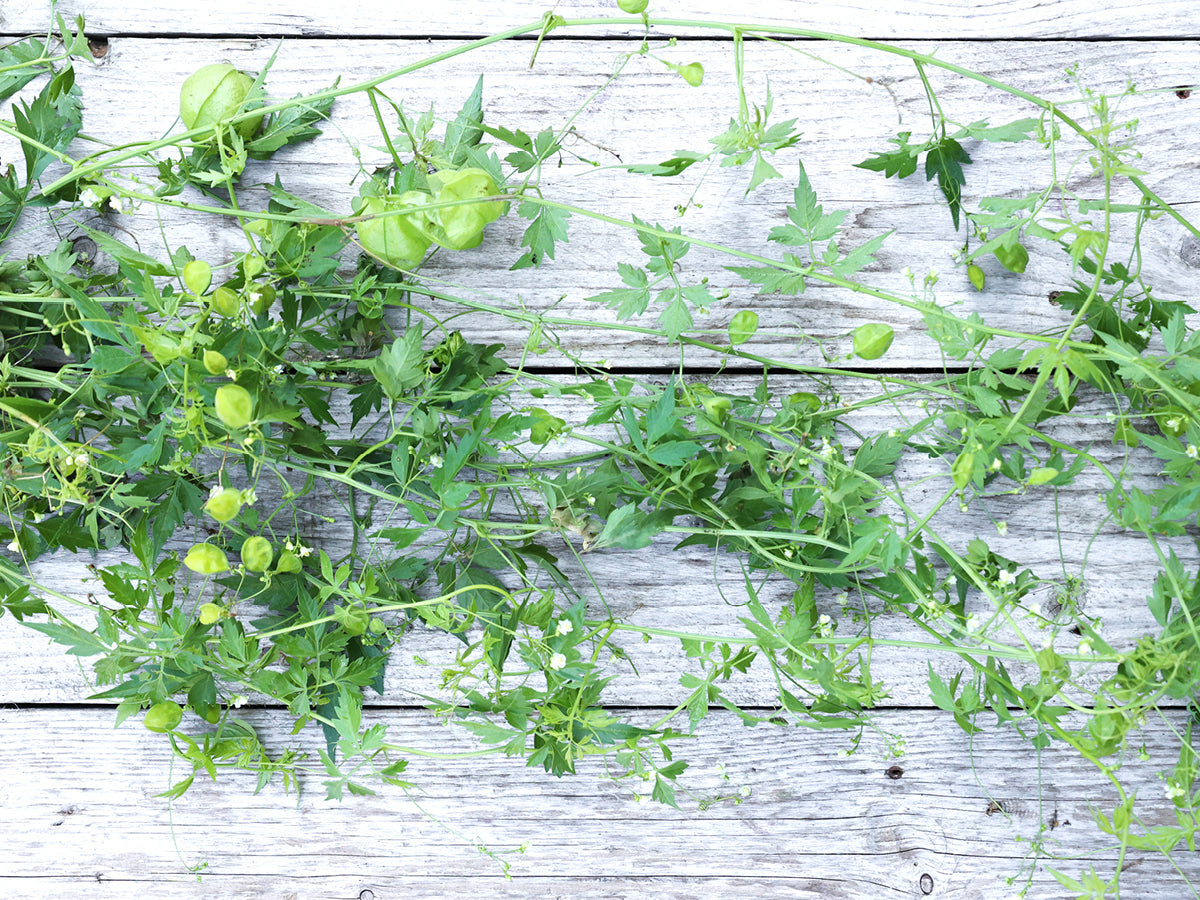
Balloon vine (Cardiospermum halicacabum)
The balloon vine, also known as Cardiospermum halicacabum, is a fascinating climbing plant from the soapberry family. With its heart-shaped leaves and characteristic balloon-like fruits, it not only enhances gardens but also symbolizes natural beauty and romance.
Continue reading
